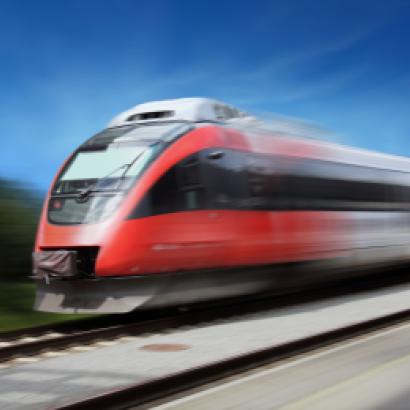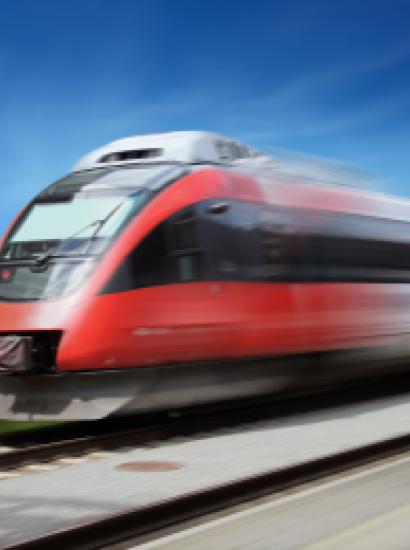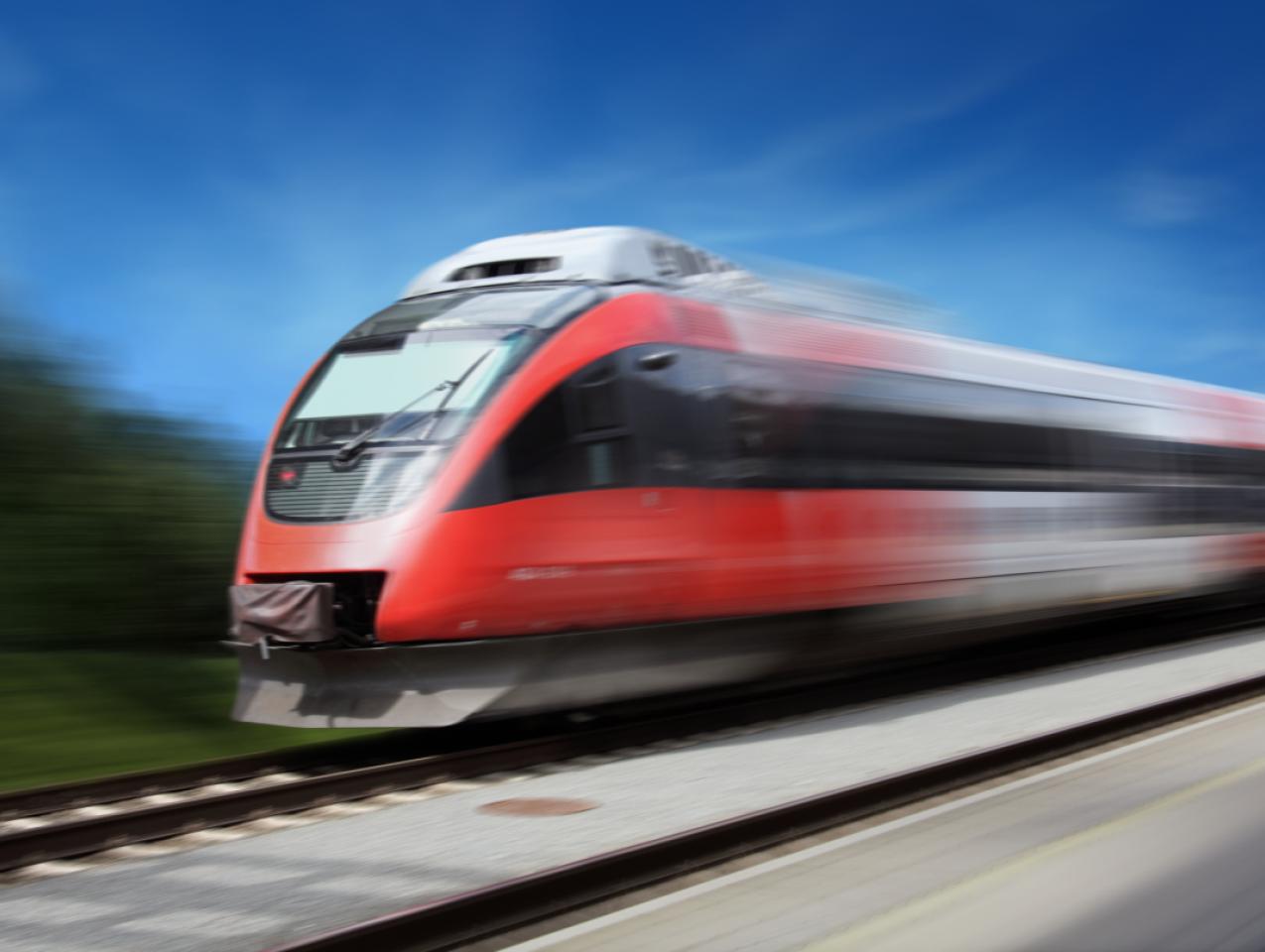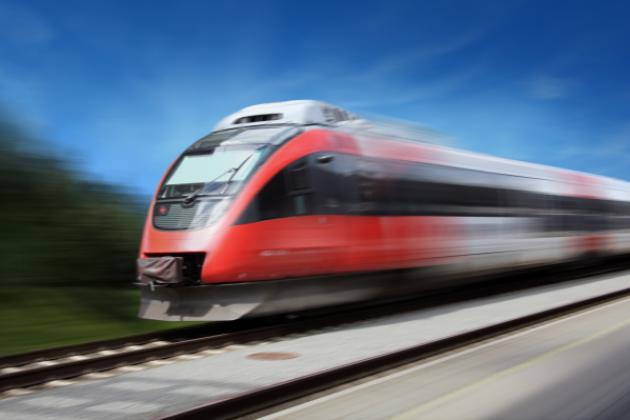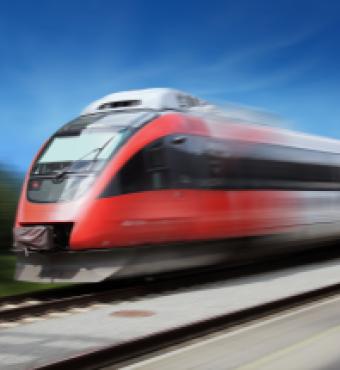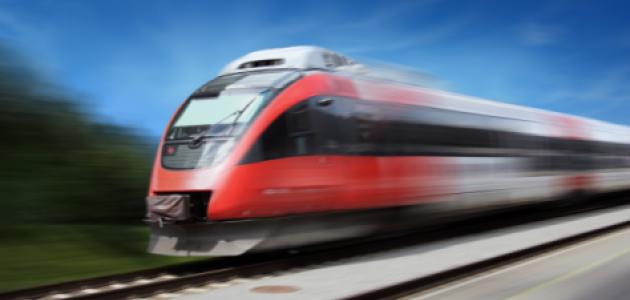In 2008, California voters approved $9.95 billion of state bond funding as seed money to build an 800-mile high-speed rail (HSR) network connecting Los Angeles and San Francisco, and the Central Valley to coastal cities, at speeds of up to 220 miles per hour, with an expected completion date of 2020.
But now, 15 years after the bond issue, three years after the expected completion date, not one train has left the station. Not one route has been completed, even though nearly all the $9.95 billion seed money has been spent. And the original budget of about $33 billion for the entire 800-mile system is now inadequate to build just one route (Bakersfield to Merced), whose cost pencils out to $207 million per mile—a cost that will almost certainly rise in the future, and for a route that may not be ready for ten years. Or more. Or perhaps ever.
California’s HSR is perhaps the greatest infrastructure failure in the history of the country. And the reason it failed is because of a gross failure of state governance, one on such a grand scale that it is nothing short of a betrayal of Californians.
The betrayal dates back to the project’s inception. A report by the state’s Legislative Analyst’s Office (LAO) found that the program’s 2008 business plan—which had been legally required to be submitted to the state legislature on September 1, 2008 but was not released until after the bond issue was voted—was deficient. The plan did not present statistics on train capacity, forecasts of segment service levels, how funds would be secured, how costs would be distributed by system segment, an operating break-even point, what analytical methods were used to forecast ridership, expected completion dates for environmental review and construction, and how risks would be mitigated.
Imagine a business plan without discussion of future funding, project capacity, demand at the product (segment) level, how costs would be allocated, or how risks would be mitigated. The 2008 business plan was anything but a business plan. Voters approved $9.95 billion in bond financing for a dream, not a vetted project. And like most dreams, California high-speed rail has turned out to be a fantasy.
If the plan had been submitted by the required date—more than two months before the election—then these deficiencies would have come to light. Instead, voters trusted those whom they elected and voted to tax themselves to fund a project that was never going to be feasible. They trusted that California’s state government was capable of spending their tax dollars effectively. At one time, California governance was among the best in the country. Our state government created and built capital projects efficiently and quickly. In the 1960s, such trust was warranted. It no longer is.
The state government’s betrayal has continued ever since the incomplete and deficient 2008 business plan was not submitted on time. The project continued without adequate planning, supervision, or oversight. Not surprisingly, it continued to go south. The LAO found the HSR’s 2009 report to be flawed: “Discussion of risk management is significantly inadequate, lacking any description of mitigation processes or detailed considerations of many key types of risks”; and “Few deliverables or milestones are identified in the plan against which progress can be measured. Also, inconsistencies in the proposed order of events create some uncertainty.”
Take a moment to consider the last deficiency. The 2009 HSR report presented a completion timeline that was sequentially out of order. As in locking the barn door after the horse leaves. If the HSR team can’t put together a proper timeline on paper, how could it ever be trusted to complete anything?
The LAO’s concerns about project risks, funding, completion targets and the proper sequencing of targets sadly became remarkably prescient. Private investors were supposed to line up to fund the “no-brainer.” To date, there are no private investors, and it is ludicrous to imagine that any will ever show up. There is no pathway to funding beyond the Bakersfield-Merced route, and even that may be at risk. Out-of-order completion targets? Some land that was being developed by HSR was never purchased, leading to one lawsuit after another.
LAO also presented concerns early on about the importance of the state’s building goodwill with local governments and public agencies to facilitate construction. This never happened. More lawsuits were filed, by litigants ranging from the Hollywood airport to the Northern California city of Millbrae.
One of the most damaging decisions by the state was to permit nearly all aspects of the project to be implemented and managed by consultants. Only ten full-time employees were on staff at the time that the project was supposed to take off, and they were little more than cheerleaders, according to Quentin Kopp, who was chair of the HSR when voters passed the bond measure but is now a strong critic. An even more damaging decision was to retain the same consultants in 2015, when the state awarded them a new $700 million contract and when it was obvious the project was far behind schedule and far over budget.
The state’s latest HSR business plan was released last week. The cost of just the Los Angeles-to-San Francisco route is estimated to be over $100 billion now, though I fail to see how the HSR authority can come up with such a cost when they don’t even have a completion date. Some things never change.
Life has changed substantially since voters passed the HSR bond issue in 2008. Electric vehicles are supposed to make up most of the stock of California cars after 2035, which eliminates a significant component of the estimated benefit from HSR. Video meetings and remote work have become common, reducing the demand for travel. And the state has one million fewer people today than it was expected to have back when the bond was passed. Consequently, HSR ridership estimates have been reduced significantly, by as much as 38 percent below initial estimates.
There is no path to completion for the fantasy rail system that was falsely sold to voters 15 years ago. Finishing the Bakersfield-Merced route, which will cost in excess of $35 billion, and which won’t be operative for ten years, doesn’t come close to penciling out. The only reasonable decision is to end a project that should never have begun.








